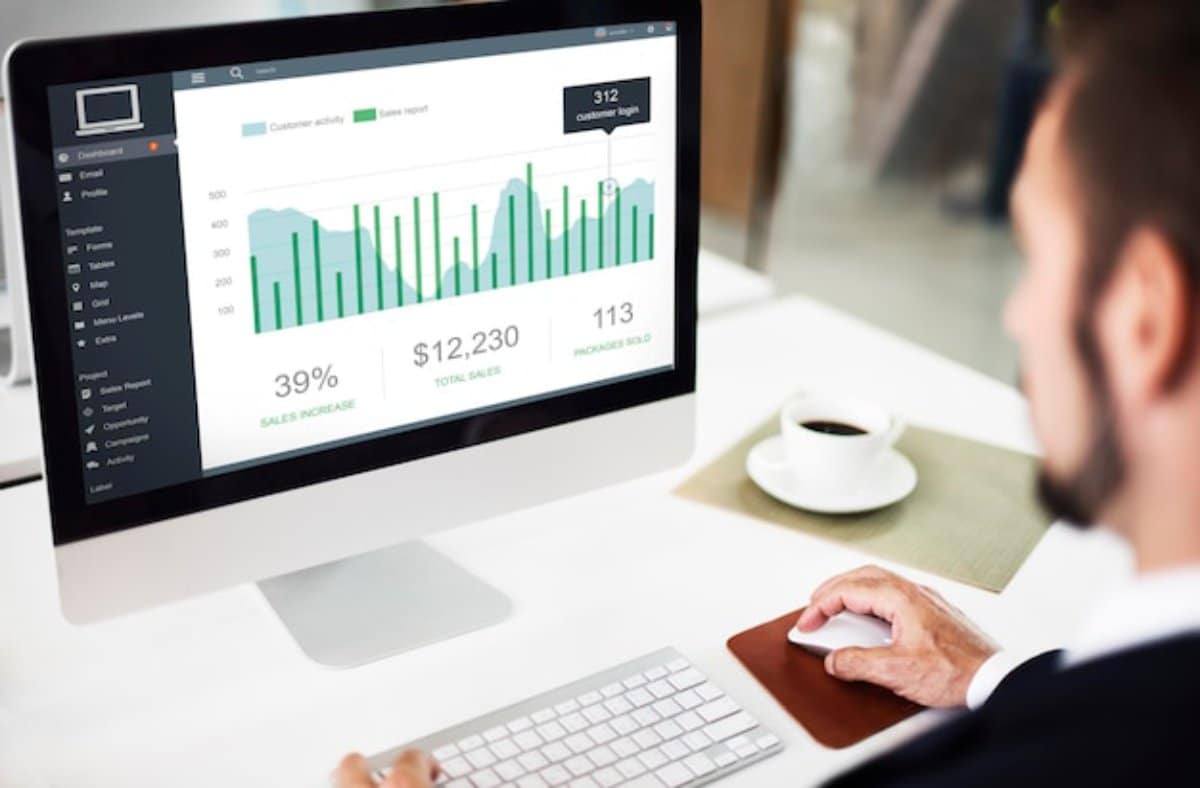
Fraud Detection Mechanisms in Modern Payment Gateways
Why Fraud Prevention Is a Cornerstone of Payment Gateway Security
You’ve worked hard to build your online business. Your website looks great, your products are top-notch, and customers are starting to roll in. But lurking in the background are cybercriminals looking to exploit any weakness in your payment process. One fraudulent transaction can do more than cost you money—it can damage your reputation and customer trust.
That’s why fraud prevention is critical to payment gateway security. With online transactions rising, so too are attempts at fraud. In response, modern payment gateways have developed sophisticated transaction monitoring systems designed to spot suspicious behaviour and block fraudulent activity before it causes harm.
In this guide, we’ll unpack the different fraud detection mechanisms used in today’s payment gateways, explore how transaction monitoring works, and provide tips to strengthen your fraud defences. By the end, you’ll know how to keep your payment processes secure and your customers safe.
Understanding Fraud in Online Payments
Online payment fraud occurs when cybercriminals manipulate transaction processes to steal money or sensitive information.
The most common forms include:
- Card-not-present (CNP) fraud: Where stolen card details are used for online purchases.
- Account takeover: When fraudsters gain access to customer accounts.
- Chargeback fraud: When customers falsely claim they didn’t receive a product to get a refund.
The global cost of payment fraud is projected to reach £40 billion by 2027, according to Juniper Research. That’s a wake-up call for businesses of all sizes.
How Modern Payment Gateways Detect and Prevent Fraud
Modern payment gateways aren’t passive—they actively guard against fraud using a suite of advanced technologies.

1. Real-Time Transaction Monitoring
Transaction monitoring involves analysing every payment as it happens to identify unusual patterns.
- How It Works: The system compares incoming transactions against pre-set rules and historical data.
- What It Detects: Abnormal behaviours, such as multiple rapid purchases, unusual locations, or high-value transactions from new customers.
If something looks off, the system can flag or block the transaction for further review.
2. Machine Learning and AI Algorithms
These technologies enable payment gateways to learn from past data and adapt to new fraud tactics.
- Pattern recognition: AI analyses millions of transactions to identify complex fraud patterns.
- Adaptive learning: Systems continuously refine detection methods based on emerging threats.
Example: A sudden spike in transactions from a single IP address triggers an alert based on past fraud trends.
3. Velocity Checks
Velocity checks track the frequency of transactions over a set period.
- What They Detect: Rapid-fire purchases or repeated failed payment attempts.
- Outcome: Automatically blocks or flags suspicious activity for review.
4. Device Fingerprinting
Device fingerprinting collects data on the customer’s device (e.g., browser type, OS, IP address).
- How It Works: Creates a unique device profile for each user.
- What It Detects: Unfamiliar devices accessing customer accounts, even if login credentials are correct.
This adds another layer of security beyond passwords.
5. Geolocation Checks
These checks assess where the transaction is originating.
- What They Detect: Transactions from high-risk countries or IP addresses.
- Outcome: Flagged for manual review or blocked automatically.
6. 3D Secure (3DS) Authentication
3D Secure is an additional security layer for card-not-present transactions.
- How It Works: Customers verify their identity through their bank, typically via SMS codes or banking apps.
- Outcome: Reduces chargebacks and unauthorised transactions.
Key Fraud Detection Mechanisms Explained
Rule-Based Systems
- Definition: Pre-set rules define what constitutes suspicious behaviour.
- Example: Blocking transactions over £1,000 from first-time customers.
Strength: Simple to implement.
Limitation: Can generate false positives if not fine-tuned.
Behavioural Analytics
- Definition: Analyses user behaviour (e.g., typing speed, mouse movements).
- Example: A mismatch between past behaviour and current activity raises red flags.
Strength: Detects sophisticated fraud tactics.
Limitation: Requires robust data collection and privacy safeguards.
Risk Scoring
- Definition: Assigns a risk score to each transaction based on various factors.
- Example: A low-risk customer making a small purchase gets a low score; a high-risk transaction gets flagged.
Strength: Balances security and customer experience.
Limitation: Needs constant updating to stay effective.
Best Practices for Strengthening Payment Gateway Security
1. Choose a Gateway with Strong Fraud Prevention Tools
- Look for providers offering machine learning, risk scoring, and transaction monitoring.
- Verify that they support tools like 3D Secure and device fingerprinting.
2. Regularly Review Fraud Rules and Settings
- Adjust velocity checks, geolocation restrictions, and risk scoring parameters based on your business needs.
- Stay updated on new fraud trends and adapt accordingly.
3. Use Multi-Layered Security
- Combine fraud prevention mechanisms like encryption, tokenisation, and AI-powered monitoring.
- Don’t rely on a single method.

4. Educate Your Team
- Train staff on recognising fraud signals.
- Establish protocols for responding to suspicious activity.
5. Monitor Chargebacks
- Analyse chargeback reasons.
- Implement steps (e.g., clearer refund policies, better shipping tracking) to minimise disputes.
Real-World Scenario: Fraud Prevention in Action
An online electronics retailer noticed a sudden spike in orders from a single IP address, all using different cards. Thanks to their transaction monitoring system, the gateway flagged these transactions for manual review. It turned out to be a fraud ring testing stolen card details.
By blocking the orders before shipping, the retailer avoided significant losses and chargebacks. They also adjusted their velocity checks and geolocation settings to prevent future attacks.
Trends in Payment Gateway Security
1. AI-Powered Fraud Detection
AI systems continue to improve, offering more accurate threat detection with fewer false positives.
2. Real-Time Data Sharing Between Merchants
Collaborative networks allow businesses to share fraud data, enhancing fraud prevention across industries.
3. Biometric Authentication
More gateways are incorporating biometric checks, such as fingerprint or facial recognition, especially for mobile payments.
4. Blockchain for Transaction Security
Blockchain’s transparency and immutability offer new ways to secure payment gateway operations.
Staying aware of these trends ensures your payment gateway security remains strong.
Conclusion: Stay One Step Ahead with Effective Fraud Detection
Fraudsters never sleep, but neither do modern fraud detection mechanisms. By leveraging transaction monitoring, AI algorithms, and multi-layered defences, you can secure your payment gateway and protect your business from costly fraud.
Understanding the tools at your disposal—whether it’s velocity checks, 3D Secure, or behavioural analytics—empowers you to make informed decisions. Combine these insights with best practices and stay updated on emerging threats, and you’ll be well-equipped to maintain trust and safeguard your revenue.
Have questions about fraud prevention or payment gateway security? Share your thoughts below or subscribe for more expert insights into securing your digital payments!


